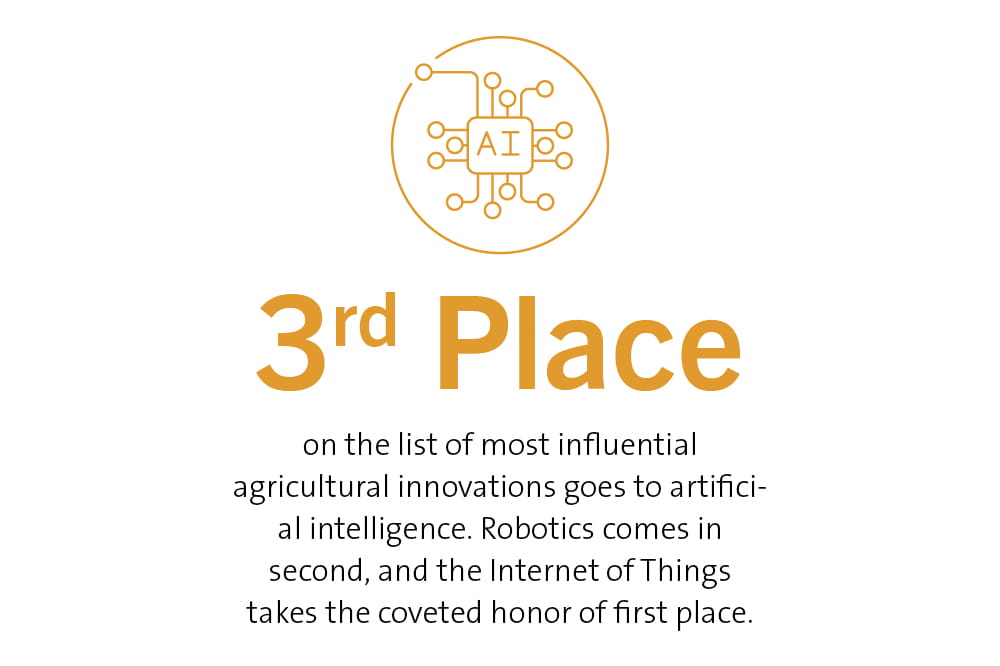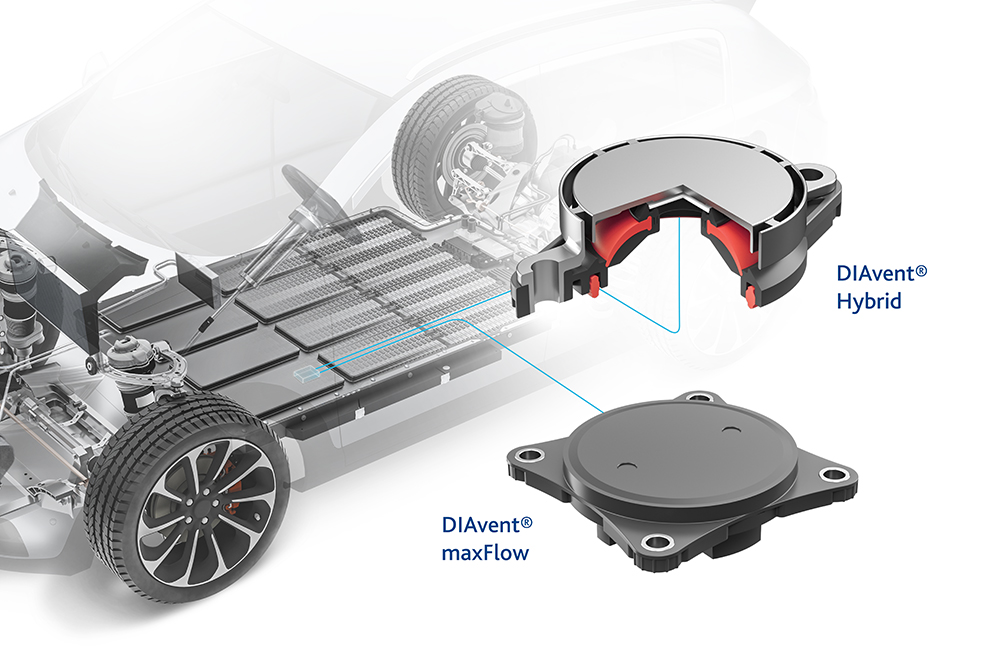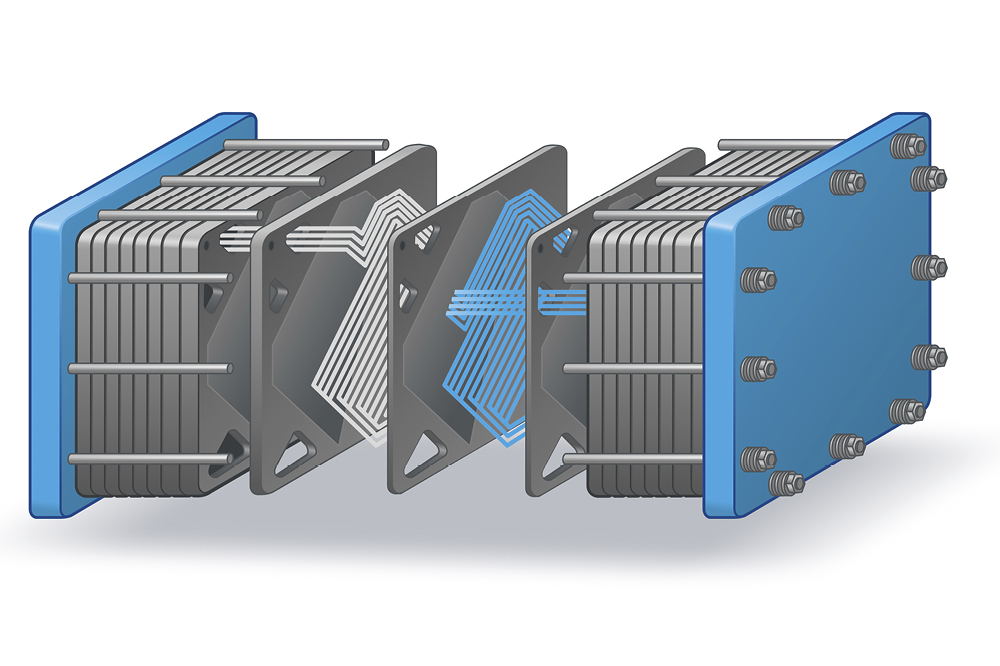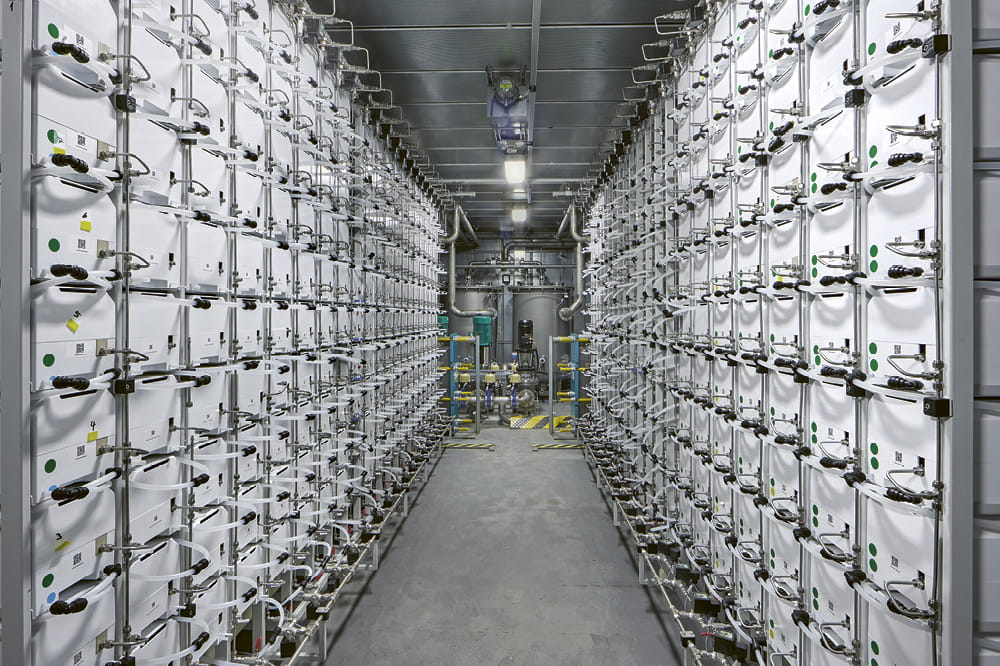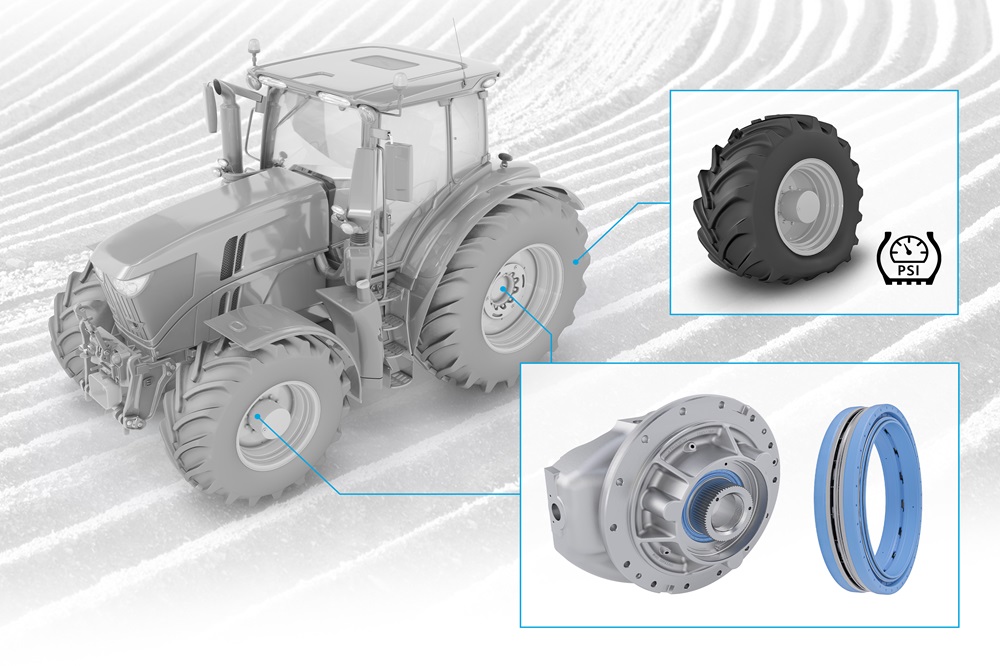Obtain news and background information about sealing technology, get in touch with innovative products – subscribe to the free e-mail newsletter.
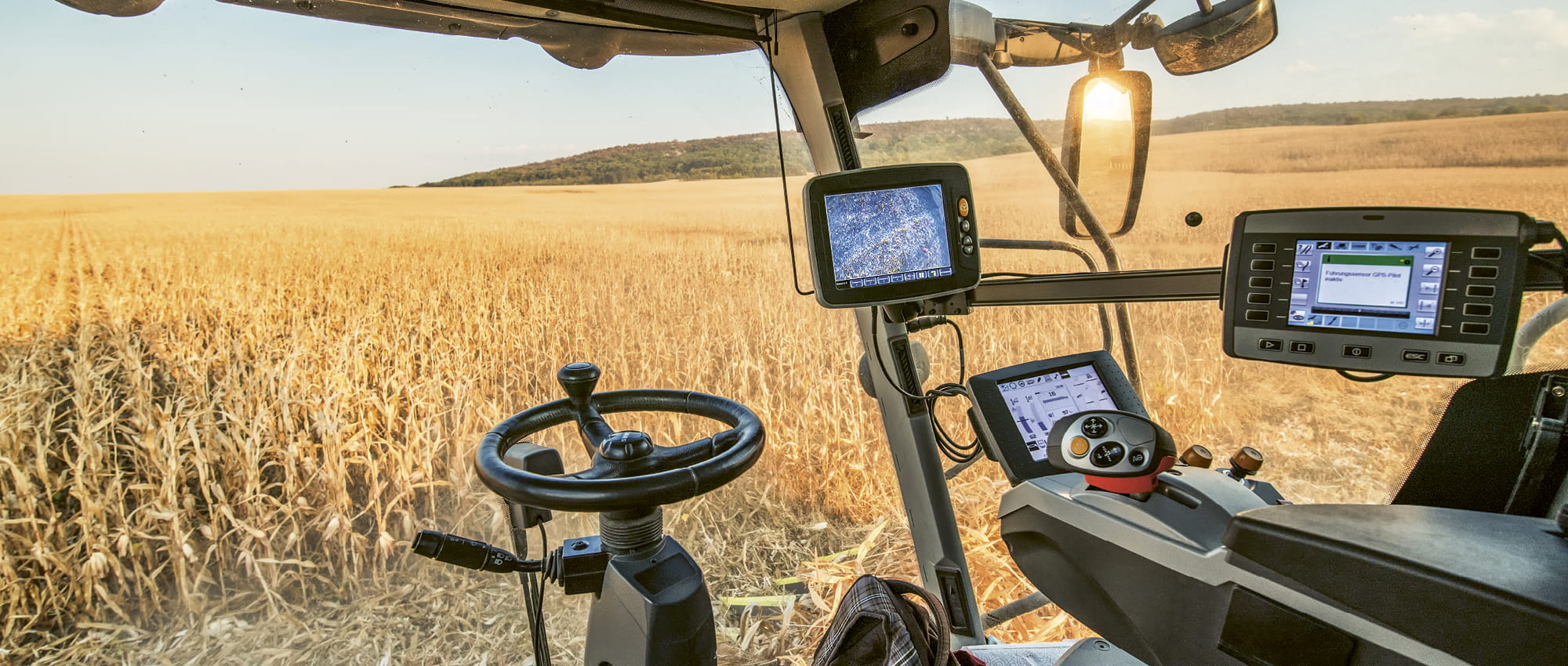
20.08.2024 | Story
High Technology in Agriculture
Farmers today have to do more than operate machinery – they must also manage data. Artificial intelligence, Big Data and similar trends are turning farming into a high-tech business.
Farmers have to produce more and more today – and do it with less. The world’s population is growing and the demand for food is rising. As a result of growing prosperity, meat and milk products are increasingly in demand. The problem is that resources are not keeping pace with demand. On the contrary: Climate change is spawning extreme weather, including drought and water shortages, that is endangering crop yields. Monoculture farming is degrading soil quality. To guarantee food security, the agriculture sector has to increase yields while consuming fewer resources.
High Tech for Maximum Precision
“The only way to meet the challenges of the future is to bring technology to agriculture,” said Deanna Kovar, John Deere’s Chief Executive for Europe, in her keynote address at the Consumer Electronics Show (CES) in Las Vegas in January 2023. John Deere is a leading global manufacturer of farm machinery. Kovar highlighted the company’s latest smart technology – “See and Spray”– which can automatically identify weeds. The system that uses AI and high-speed cameras is installed directly in the boom for plant protection spraying. It scans the terrain during one pass over the field and calculates how much of the plant protection agent is required. As an alternative, the information can also be fed into an autonomous hoeing machine. With the help of highly accurate GPS controls, it hoes weeds out of the crop rows. This makes it possible for crops to be treated exceptionally early, substantially reducing herbicide use.
Smart Agriculture
With high technology, farmers can maximize their yields, cut costs and reduce their consumption of resources. Innovations such as artificial intelligence, Big Data and precision farming are important drivers, as are robotics and predictive analysis. The market for smart agricultural technologies grew to about US$15 billion in 2022. It is expected that this figure will at least double by 2027. For more than two decades, a lively start up scene has been developing in the ag-tech field. Smart people all over the world are working on ways to make farming more efficient and sustainable, in fields ranging from monitoring tools and financial systems to renewable fertilizer. In her keynote speech, Kovar made it clear that John Deere is more than just a manufacturer of agricultural machinery – it is becoming a smart industrial company. “The leap forward is not just crucial for companies but for every farmer, the entire industry and future generations.”
From Tractor Driver to Data Manager
Although autonomous tractors are already cultivating fields in the United States, no one is talking about the widespread use of smart machines. Why not? There are still some technical challenges. For example, systems and applications must be harmonized so they can communicate smoothly with one another. Network coverage must be able to expand into remote areas, and data protection must be seamless. Human factors can present additional obstacles. As with any invention, people have to believe in and trust the technology before they will take advantage of it. Farmers also have to rethink the way they plan their work: While autonomous machines are cultivating their fields, they must be programmers, quality inspectors and data managers. Their decisions are no longer solely based on their personal expertise – they are data driven. To evaluate the data, farmers have to draw on their own understanding of the information. It also takes human reasoning to decide how the information is ultimately used – whether to maximize yields, to conserve resources or to keep the soil in good condition. And that is the crux of the matter. If you want to produce more with less, you have to keep two things in mind: economy and the environment.
This article originally appeared in ESSENTIAL, Freudenberg Sealing Technologies’ corporate magazine that covers trends, industries and new ideas.
More news on the subject Technology & Innovation

Join Us!
Experience Freudenberg Sealing Technologies, its products and service offerings in text and videos, network with colleagues and stakeholders, and make valuable business contacts.
Connect on LinkedIn! open_in_new